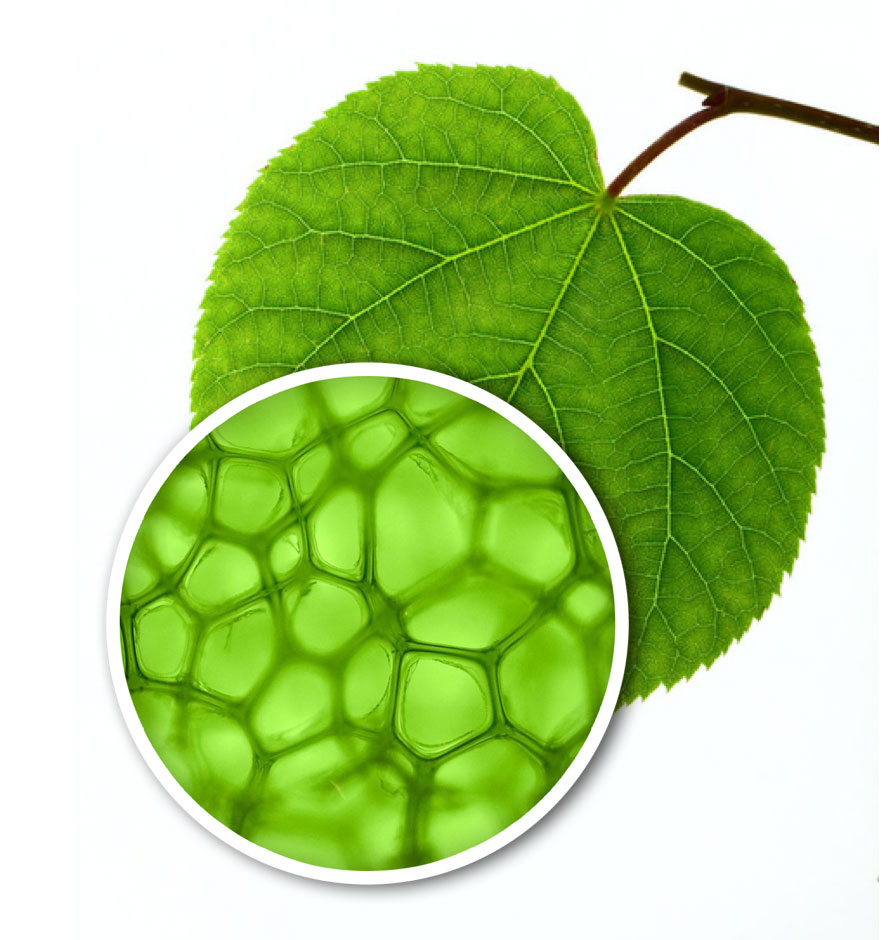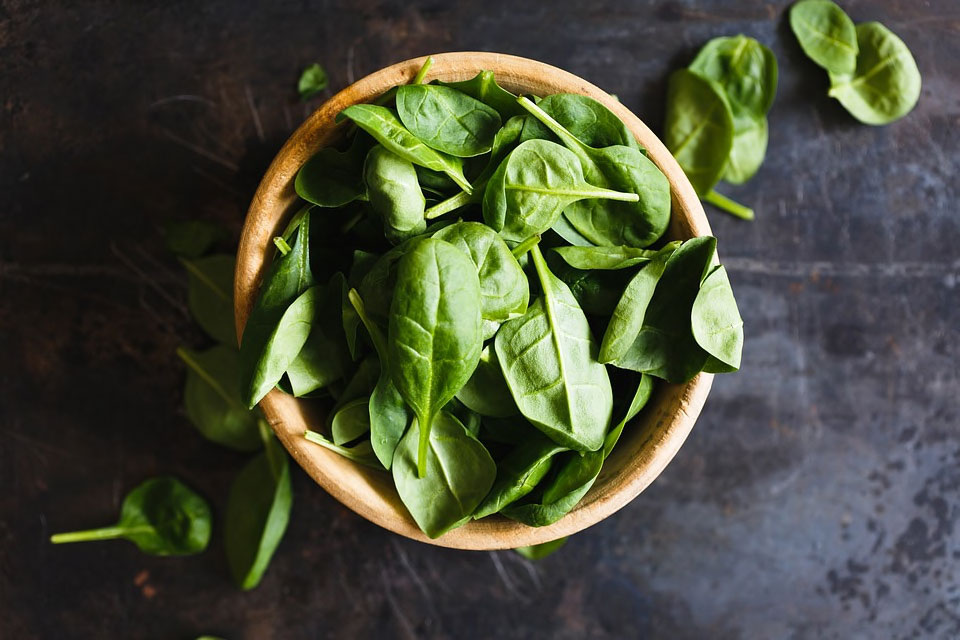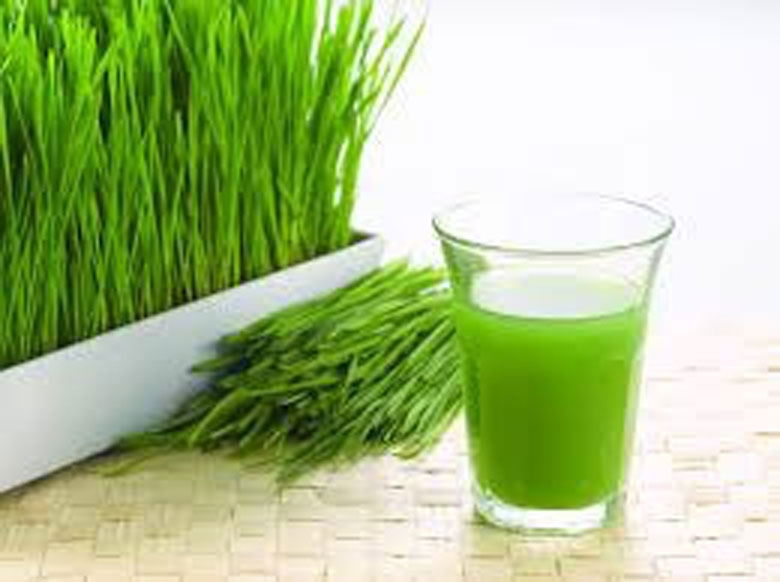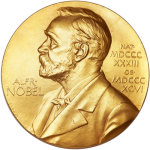Chlorophyll – the plants' blood
In the green plants are chloroplasts, chlorophyll, which uses the sun’s rays and atmospheric carbon dioxide (that is what we breathe out) forms energy and oxygen. This process is called photosynthesis and is not only the most important biochemical process on the planet, but also one of the oldest. Larger complex life forms in the sea occurred when the first molecule of chlorophyll was formed. From the green algaes emerged new forms of life. Photosynthesis is the base for almost all ecosystems because it produces energy and building elements.
We live in a true life-giving symbiosis with the green plants and trees. We exhale carbon dioxide, which plants and trees then transform into energy and oxygen, which is vital for our survival. No plants and trees – no chlorophyll – no oxygen, no people.
Chlorophyll is very similar to hemoglobin in the human blood. Hemoglobin carries oxygen to the cells and tissues and contains iron. Chlorophyll has the same structure as haemoglobin but contains magnesium. Chlorophyll is called the plants blood.

Chlorophyll cleanses the body, by binding heavy metals. Chlorophyll act as an antioxidant, boosts the immune system and helps prevent bad breath by cleaning the stomach / intestines. Chlorophyll supports wound healing, protects against cancer and helps to neutralize the excess acid in the body. It is a true vitamin and mineral booster, which contains vitamin K, C, B 12, folic acid, calcium, potassium and proteins.


How to get chlorophyll
Eat spinach, broccoli, cucumber, green pepper, celery, beans, lettuce, peas, cabbage, asparagus, chard – all the greens you can find. Stinging nettles, ground elder and dandelions are also excellent chlorophyll. The green herbs like parsley, chives, basil and green sprouts of beans, lentils, sunflowers, peas, alfalfa, etc. contains plenty of chlorophyll.
Wheatgrass Juice is a boost of sunshine
Wheat grass is not simply a boost of chlorophyll; it contains a true fountain of essential vitamins, minerals, amino acids, oils and enzymes such as Vitamins A, E, B5, B12, calcium, selenium, magnesium and iron.
Wheatgrass is the young plant from the wheat plant, which can be grown indoors in a windowsill with a lot of light and on a sunny terrace. It is best to grow the wheat grass in trays with a little soil in the bottom. When the grass is harvested, it is important to use a slow juicer to squeeze the juice out of the grass. An ordinary juicer can be used, then the grass has to be “wrapped” in apples. Wheatgrass juice has a sweet taste and is enjoyed in small green shots – pure energy from the sun.
Wheatgrass juice
- compared to broccoli
Twelve times as much vitamin E
Three times as much vitamin A
Seven times as much chlorophyll
In addition, the content of B 12 vitamin sixteen times the daily recommended dosi, it is as much as there is in seafood
Seventeen times as much vitamin B5 as in bananas

Dr. Otto Warburg received in 1931 the Nobel Prize for showing that cancer cells can not survive in an oxygen rich environment. Therefore it is important to get green vegetables that are particularly rich in chlorophyll.
Wheat grass juice is a good choice – both preventively and as a boost treating arthritis, diabetes, skin disorders, stress and cancer.
